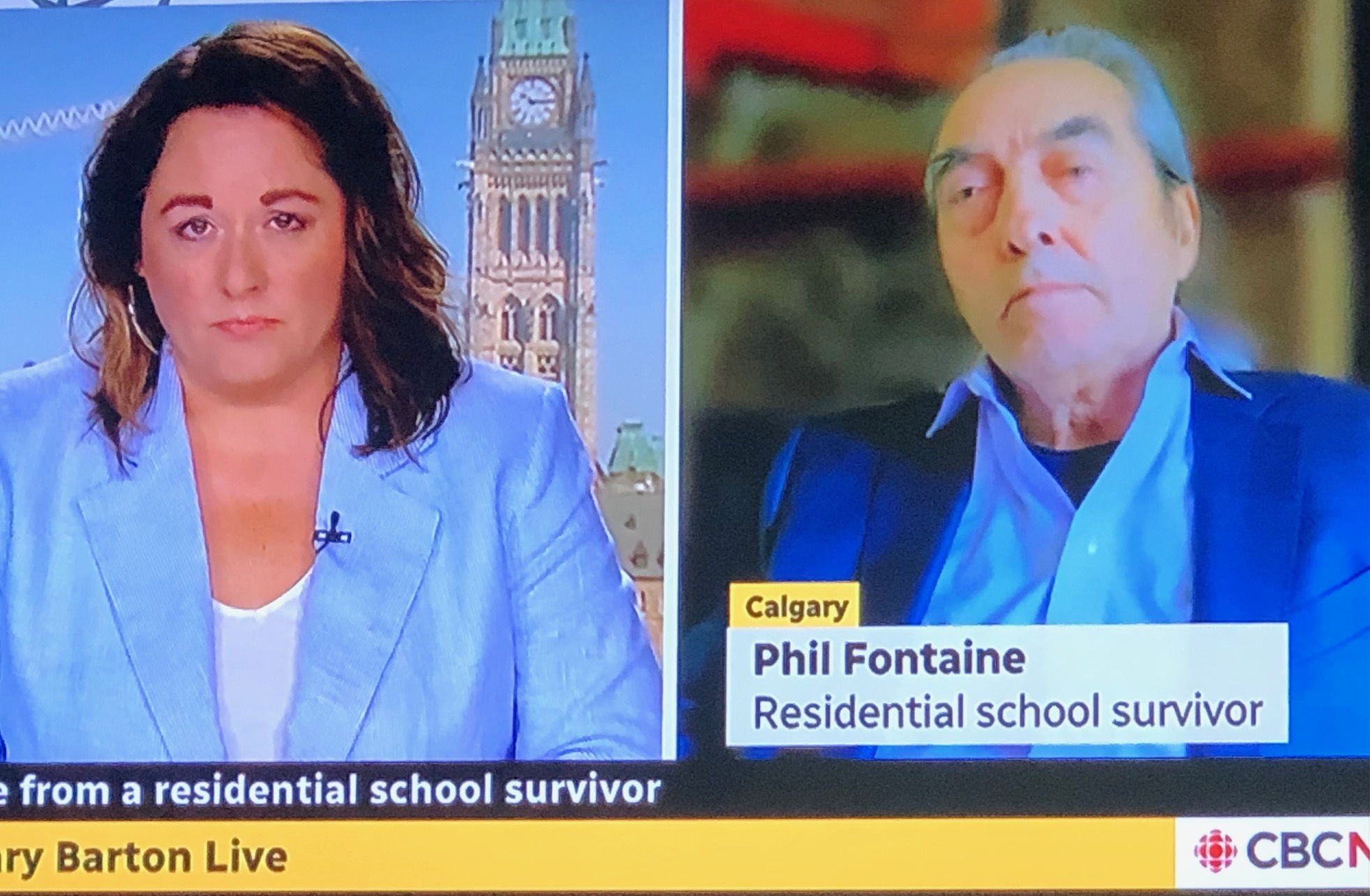So What Do You Do? “I Lead Without Owning”

A Career in the Spaces Between
November 10, 2016This excerpt is taken from Vikings On A Prairie Ocean, in which Glenn Sigurdson takes readers inside the wisdom of Lake Winnipeg that has guided his life and work. He shares insights and tools he has put to work to earn an international reputation helping others resolve deeply embedded differences. He describes his career – and what it really means to Lead Without Owning, and Work Within The Spaces.
“So, what do you do?”
Not in the mood for chitchat, at least not until a glass of wine and dinner, I gave a terse but true answer: “I’m a recovered lawyer.”
He looked at me quizzically. He seemed pleasant enough. I didn’t want to be rude, nor encouraging, so I simply added: “I help people have difficult conversations.” And with a smile, I told him, “I’m a bit preoccupied now getting something finished.”
I put on my headphones and turned to the airplane window. I was back in my own world, on my inner journey with the people and places of Lake Winnipeg.
My memory always seems energized at 35,000 feet, where I’ve spent more of my life than I could have ever imagined as a boy. Not surprisingly, my mind often wanders back to my first airplane ride, which I remember like yesterday, perhaps because my memory was so well fertilized that day! Now I fly for work; then I was going for fish.
………………………………
So “What do you do?” is always a perplexing question which leads me to the ledge of a lecture or a tangent. The simple fact is that the narrow community of professionals doing work of a similar nature to me are in search of a name, and have been for years. I worry that if I start to ramble on about fish and water, rendering plants and nuclear waste, municipal conflicts and treaty negotiations, hydro utilities and mining projects, sky trains and pipelines, and all the people and places I have worked, across Canada and many other places in the globe, the listener will almost certainly conclude I am some hopeless dilettante or aggrandizing fool or, if not, at least as someone spread too thinly to have worthwhile insight to contribute. In my case, if I were to add that I learned the essential tools of my trade as a boy in a fishing family on Lake Winnipeg, they would likely draw even more troubling conclusions.
If the word ‘dispute’ arises, inevitably “so, I guess you’re a lawyer?” is evoked. That gets me going in another direction. I have not made a dollar in more than 20 years from the practice of law. So a further rambling answer follows, with yes, but no. “I thought you had to be a lawyer to deal with disputes.” Off we go again, and now I am dangerously close to slipping off into a lecture about how lawyers have corrupted the field by squeezing the problem and solution into a legal framework, as opposed to seeing the legal dimension as part of a wider problem. The Vikings understood the distinction centuries ago where it is said of the lawyer Njal, the central character in the great Icelandic Njal’s Saga: “He was a wise and prescient man who remembered the past, and discerned the future, and solved the problem of any man who came to him for help.” Where are the Vikings when you need them, I am inclined to ask?
“So if you don’t have to be a lawyer, what are you? Can anyone get into this field? I have been thinking about making a change myself. This might be a good possibility for me.” Everybody seems to be expert in what I do and presumes they can jump right in, so I feel another tangent coming on.
Why not just “a mediator?” you might wonder. The world I live in is most often in the middle of big fights around big projects and environmental and community concerns with different groups and organizations that, unlike the labour relations community, have no experience in working with each other. For them, mediator is synonymous with a labour relations mediator who they associate with high-handed tactics and “take it or shove it” recommendations to push folks into corners. As unfair as this may be to labour relations mediators, and I have often worked in that role, it is too often a perception that they draw from media reports. “Facilitator” seems to have become a more palatable term. The problem with that term is that it suggests someone on a fixed assignment to manage a meeting, while most of my assignments continue for months and years. A senior executive with whom I have often worked used to say to me, “When I’m introducing you to others, I never describe you as a facilitator, for what they take from that is something entirely different from what you do. What should I call you?”
Others like the term “Chair,” and that may work in some contexts, but it creates an expectation that I am going to start ruling people out of order or telling them to shut up. No doubt, I help manage interactions in a meeting to ensure a respectful environment, but you have to use more subtle strategies to achieve in conflicted rooms where people are struggling with whether they should even be in this room with “these people.” “Process manager” is another term that has been hung on me, and my role does include management and administration of the process, particularly as it evolves into a continuing relationship with growing cohesion and purpose.
Tortured now by curiosity, and determined to leave no stone unturned, the last gasp of my new friend is often “so you must be kind of like a judge.” I suppose it’s not a surprising jump, especially if I’ve made some flippant remark about being a “recovered lawyer,” for isn’t that what judges are, former lawyers? On this one I have given some papers so I have a handy script.
Judges provide answers. I help others reach their own answers, which usually take the form of outcomes they can live with because they’re better than other alternatives. Judges are given questions. I help others agree on the questions that must be discussed to reach outcomes. Judges rule on relevant and appropriate issues and evidence. Relevance in my world starts with someone’s need to talk about something, because that’s important in how they see the problem, even though it may not be relevant to others. Judges work in their way to their solution with those “standing” before them. I help others agree on “our way” to “our solution.” Who’s in the room is whoever needs to be—typically, whoever can help or hurt or frustrate in giving effect to whatever outcome is sought. In court, fewer parties and fewer issues are usually more conducive to orderly and efficient adjudication. In my world, more players and more issues is often better. In court, the rules of engagement are fixed. In my world, I work with parties to help them reach agreement on their own rules. Judges exercise the power residing within the institutions to which they are appointed, and do so graciously and predictably, while expecting, and if necessary compelling, those before them to do likewise. My power comes from each of the parties’ right to fire me, “by whomever and however I am paid.” I am there because the parties have asked me to be. Power lurks everywhere in my world, and who exercises it and how and when are always uncertain and unpredictable. Unlike a judge, my only power is persuasion, not command or coercion. The values through which judges interpret their world are embedded deeply within institutions. In my world, diverse worldviews that must find an outcome enabling them to co-exist come from many places, often many lands. What is important to one is sometimes anathema to another. The only time recognized in a courtroom is judicial time. In my world, the parties each bring their own clock, and synchronizing all clocks in the room is no easy task. Dealing with time is a central challenge that drills to the core of integrity of the process. The mantra of the judge is “justice must be done and seen to be done.” My mantra is “a good way to a good place.”
As I put my earphones back on I have often reflected on how disquieting it seems to not be able to slot someone into a clear category with a label. The simple fact is that this work involves bits and pieces of all of these roles. But there is more to write, and more compelling questions to ask of myself. So what does all of this have to do with growing up in a fishing family on Lake Winnipeg? And being part of this unique slice of Canadian history?
…..
The core of my leadership challenge is to help others create the space where they can have the conversations it will take to reach outcomes that are and are seen to be theirs, not mine. Some may see this as philosophical meandering; I see it as profoundly pragmatic. Agreeing is one thing; getting done what is to be done is another. Deciding and delivering are always in a difficult relationship. What I do know is this. If you feel you are part of the agreement and the decision, you are much more likely to want to do it; if you are just told “do it,” unless you are “in the army now,” the more likely you will try to find ways to resist. I cannot be helpful to others if they do not have confidence in me. That is my most critical tool.
“Ownership” is much more than a legal or physical reality; it is an emotion. A fisherman has gear, nets and equipment and goes on the water to take his catch. He returns with his fish, sells them, and feeds his family. Ask him who he is and he will tell you, “I am a fisherman.” He is not telling you about the boats and equipment he ‘owns’, he is telling you who he is. Shakespeare made the point so elegantly, so simply: “an ill-favoured thing sir, but mine own.”
The Sig Fish lessons have given me important tools in understanding dynamics within organizations, large or small, a company or a community. Ownership is like gravity. Leadership can give or take ownership. I understand that. In hockey, the lower your centre of gravity, the less likely you are to get knocked over. That’s true for people and sports, and it’s true for organizations doing business, whether public or private. Organizational structures are not built to migrate power downward, or across, so the force of gravity meets upward resistance, laterally reinforced. Ministries, departments and business units all like to work autonomously, defending their turf and their hierarchies. Universities have carved knowledge into silos called disciplines. It is becoming ever clearer, though, that alignment and integration are critical to organizational resilience. A critical measure of success will be how far the ownership bar is lowered within the organization and in its interactions with external parties who can help or hurt—the so-called “stakeholders.” The lower the centre of gravity, the more resilient the organization or partnership among organizations will be. The royal jelly of great leadership is to understand that empowerment comes with empowering others, through persuasion, not compulsion. There is no greater leadership than that which enables others to reach that emotional place.
So what do you do? I hope others with whom I work see it in the same way as I do but they may use different words. What I think best characterizes what I and others like me do is to “lead without owning.”


